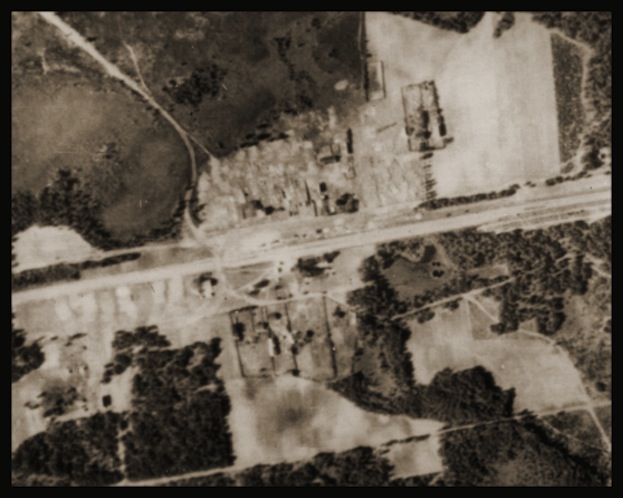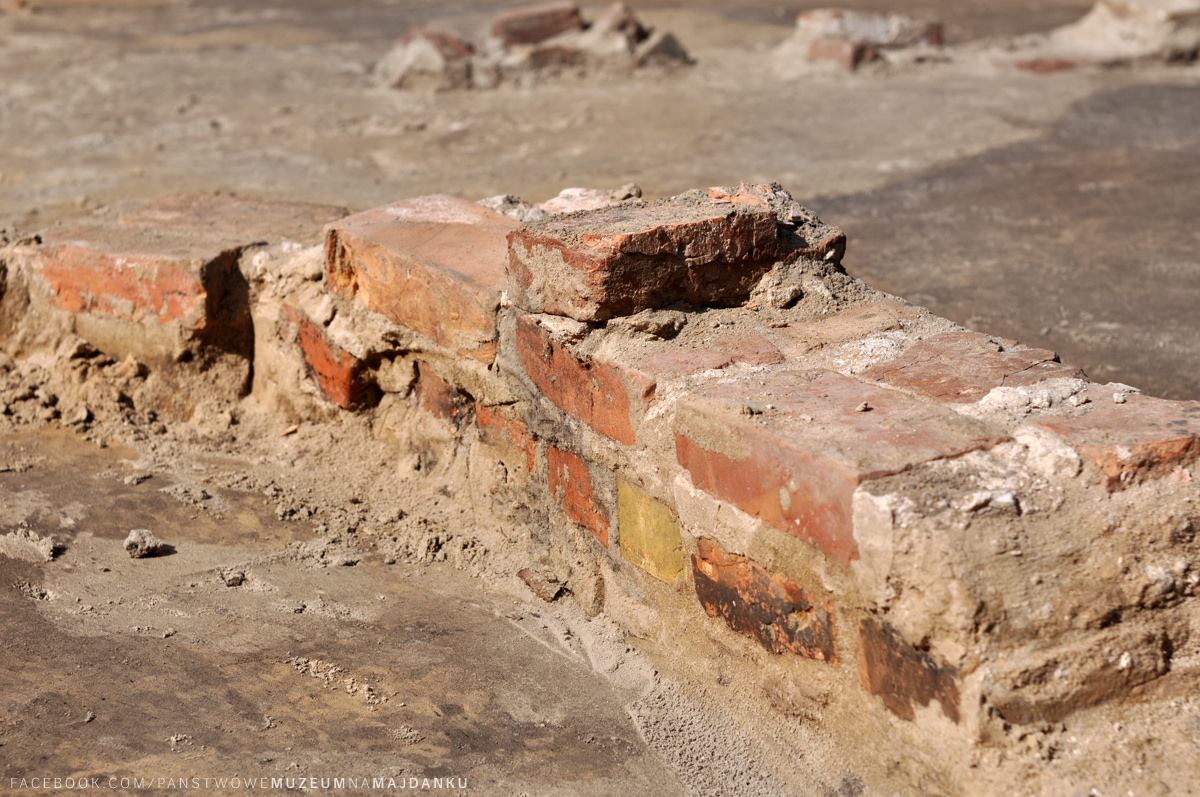Gas Chambers Discovered at Nazi Killing Camp

Gas chambers have been unearthed at an infamous Nazi death camp where thousands of people died, archaeologists announced.
The discovery comes eight years after excavators began digging at Sobibor, an extermination camp that was hidden in the woods of German-occupied eastern Poland.
"We were amazed at the size of the building and the well-preserved condition of the chamber walls," Israeli archeologist Yoram Haimi said in a statement. "The most poignant moment was when we found a wedding band next to the gas chambers, on which was the Hebrew inscription: 'Behold, you are consecrated unto me.'" [8 Grisly Archaeological Discoveries]
It's been a daunting task for archaeologists to make sense of Sobibor, which was demolished by the Nazis in 1943, and was later covered up by an asphalt road. In an interview with the Israeli newspaper Haaretz last year, Haimi described the site as "a mess containing human bones, human ash, glass, pieces of metal and a lot of waste."
Throughout their excavations, Haimi and his Polish colleagues have come across many discarded personal items of the Jews who died at Sobibor, including pendants, earrings, jewelry, perfume bottles and medicine cases. Last summer, the team discovered traces of a possible escape tunnel. But now, with the discovery of the gas chambers, the excavators hope they can learn more about what thousands of Holocaust victims endured before they died.
"We will now be able to know more precisely what the process of murder was in the camp, and what the Jews went through until they were murdered," David Silberklang, senior historian at the International Institute for Holocaust Research, said in a statement. "Additionally, finding the gas chambers and their capacity will enable us to estimate more precisely the number of people murdered in Sobibor."
Estimates for the number of people killed at Sobibor between 1942 and 1943 range from 167,000 to upward of 250,000. Though most were gassed upon arrival, some prisoners were spared immediate death, only to be forced to help with the gas chamber's operations and the disposal of dead bodies.
Get the world’s most fascinating discoveries delivered straight to your inbox.
In October 1943, about 600 prisoners revolted at Sobibor and killed nearly a dozen of their Nazi guards. But of the 300 prisoners who managed to break out of the camp after the revolt, many were eventually captured and killed, and only about 50 escapees were believed to have survived the war. After the uprising, the camp was shut down, according to the U.S. Holocaust Memorial Museum.
The excavations at Sobibor are being carried out under Yad Vashem's International Institute for Holocaust Research, the German-Polish Foundation and the Majdanek State Museum.
Follow Megan Gannon on Twitter and Google+. Follow us @livescience, Facebook & Google+. Original article on Live Science.




